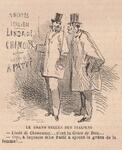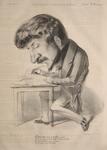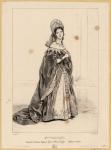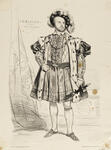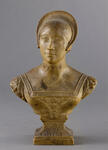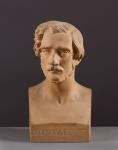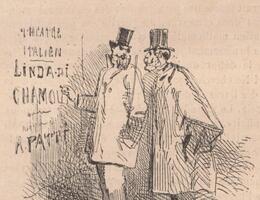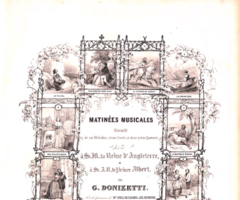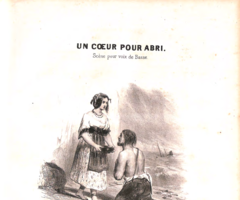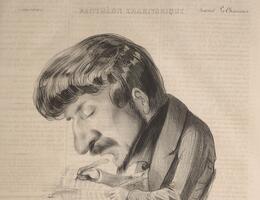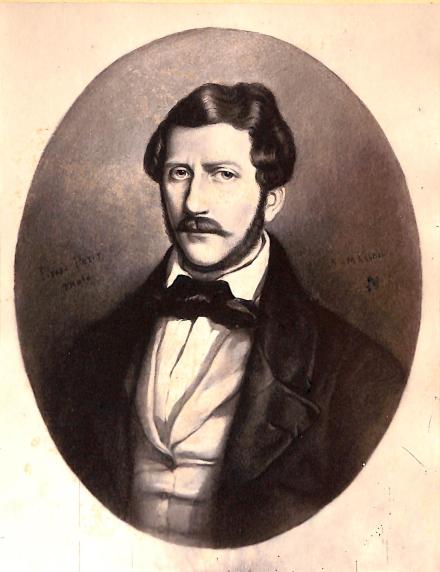
Gaetano DONIZETTI
1797 - 1848
Composer
Although his family, of very modest origin, hoped to see him pursue a legal career, Donizetti began his musical studies at an early age in his native Bergamo with Simon Mayr, and later studied in Bologna with Father Mattei. From his debut in Venice in 1818 (Enrico di Borgogna), he was recognised as Rossini’s successor, and Naples, Milan, Paris and Vienna in turn welcomed him enthusiastically. Like his model, he was particularly attracted to French-inspired libretti, drawing on authors as varied as Corneille, Hugo, Scribe, Chénier, Dumas and Rousseau for the arguments of successful works such as Anna Bolena (1830), L’Elisir d’amore (1832) and Lucrezia Borgia (1840). He first settled in Paris in 1838, and soon the capital’s major stages were vying for his new scores (La Favorite, La Fille du régimentand Les Martyrs, 1840; Don Pasquale and Dom Sébastien, roi de Portugal, 1843). In 1839, he also adapted his undisputed masterpiece, Lucia di Lammermoor (1835). However, overwork and illness eventually affected his abilities and he was interned in Ivry in 1846. He returned to Bergamo in 1847 and died there the following year. Unlike Rossini, Donizetti was never completely accepted by the French musical scene, which, while honouring him with the title of corresponding member of the Institut (1842), reproached him for remaining too close to Italian aesthetics, though this is belied by numerous pages from La Favorite or Dom Sébastien, inspired by the composite art of Halévy and Meyerbeer.

